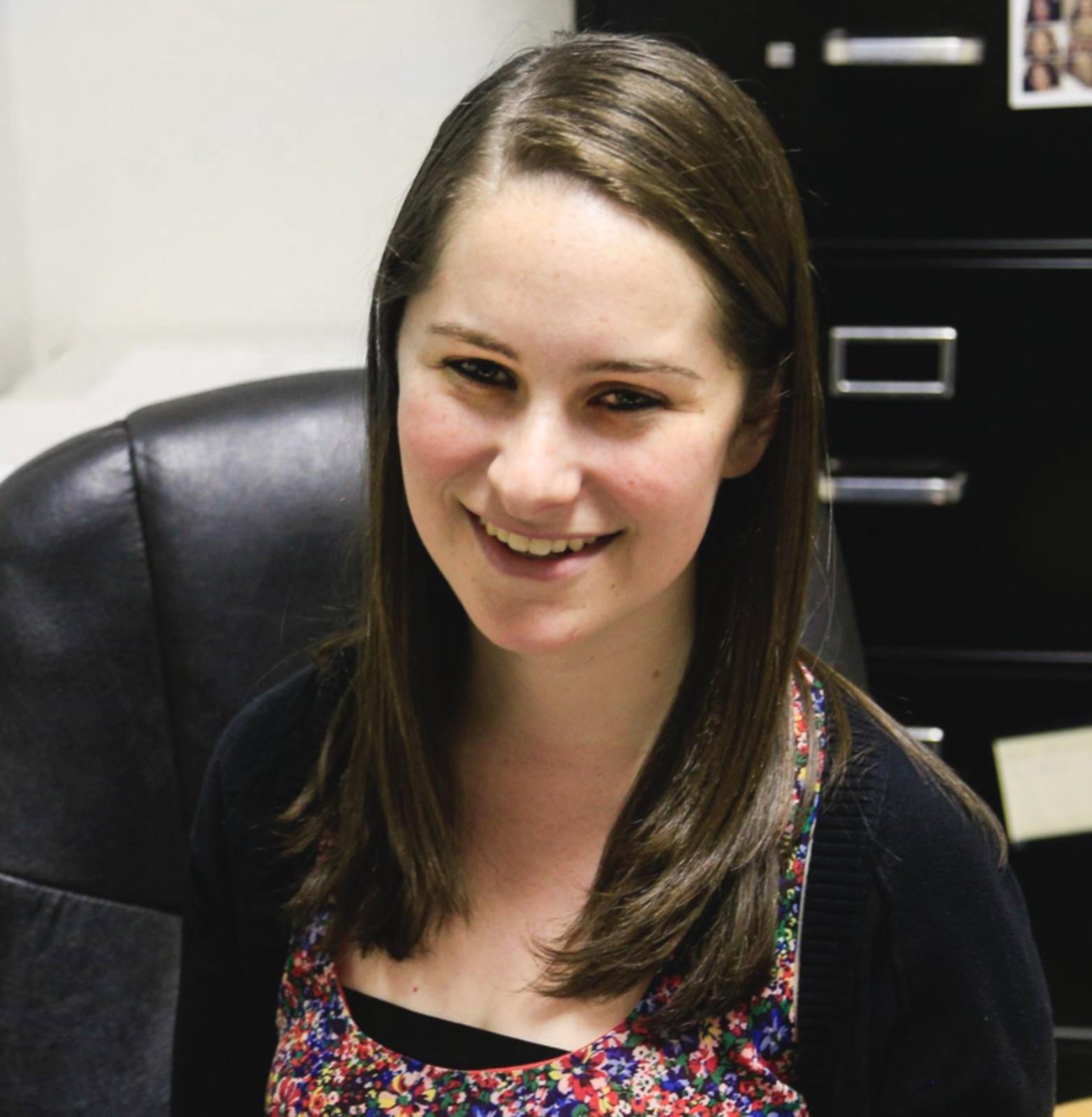It was just another day in Narromine. Jennifer Newman, 11, left her fifth-grade classroom surrounded by friends, ready to spend the afternoon at her friend Diane’s house.
But before they left, one of Newman’s friends said she couldn’t come.
“‘Mom said I can’t go to Diane’s house because she’s Aboriginal,’” Newman quoted Avalon, another fifth-grader who had recently moved to the 1,500-person town, about 250 miles west of Sydney.
Newman, now 53, recalled the story Friday at a small cafe in Sydney, just down the street from the Boston University Academic Center where she teaches a course on Aboriginal Australia. Chuckling as she quoted Avalon, Newman said it was the first time she and her friends had experienced racism. The concept was intriguing.
“Of all of the reasons you would never be allowed to go to someone else’s house, ethnicity or Aboriginality was never a part of what we knew,” said Newman, who is also an Aboriginal woman and part of the Wiradjuri People.
“Avalon had been to my house and had been to other Aboriginal people’s homes, but they were people who didn’t have such dark skin,” Newman added. “Diane had very dark skin and was very readily identifiable in a stereotypical way as Aboriginal.”
The Aboriginal people are those whose ancestors lived in Australia prior to the arrival of the first British fleet in 1788. They spoke hundreds of languages, many still passed down and spoken by Aboriginal people today. And their culture is rich in tradition, stories, and a spiritual connection the world around them.
Despite the racism Newman encountered on that fateful day in Narromine, she said experiences such as that have been rare in her life. With each generation, being an Aboriginal minority in the broader Australian population has grown to be less and less contentious, she said.
Newman herself comes from an intermarried family — her father is Aboriginal and her mother is not. She said the culture is strong enough that if one parent is Aboriginal, the children will be raised in the community.
“Historically, we’ve always been inclusive, and we’ve always looked to marrying out of your clan or out of your nation, even,” she said. “The idea of marriage is a highly controlled, even legislated set of protocols and rules about who can be a married couple and what you have to do to be a married couple. I don’t think we ever had such a strict set of delineations of marriage.”
Today, Aboriginal communities in Australia are fighting for a different kind of inclusiveness — recognition within the Australian Constitution.
As the Constitution stands now, there are two clauses that still allow the government to discriminate or ban people from voting on the grounds of race. In 2013, the Aboriginal and Torres Strait Islander Peoples Recognition Act was passed, providing for a process to review the Constitution and hold a referendum to ultimately amend it. The act also allows for additional constitutional proposals to be submitted by individuals or groups.
RECOGNISE, a national movement that campaigns for and educates about constitutional recognition, lays out the five key proposed changes to the Constitution on its website. Over the past two years, federal committees have been created to prepare for a referendum and plan for potential amendments. But for many Aboriginal people, including Newman, the process has been long and drawn-out.
“It has taken longer than it should have,” she said. “There was this perfect two-year plan, and we probably should have been voting on that referendum six months ago. And these days, we would have either been working with the new Constitution or we would’ve said, ‘Well, we had a good go, but we couldn’t get up.’”
For Newman, beyond the five key changes, her “big plan” would be the creation of a Tricameral Parliament, a governing body with three houses — the House of Representatives, the Senate and the Aboriginal Parliament “that debates and engages in every single aspect of Australian government.”
“We don’t sit around just thinking about Aboriginal things … we have views about everything, and our views are informed by our heritage, our value systems, our cultural practices,” she said. “We need to be in Parliament making Aboriginal impacts on the debate.”
Jennifer Newman teaches the Aboriginal Australia module of the Australian Culture and Society class required for all BU Sydney Internship Program students. Because the module is only a piece of the class, I had Newman as a professor for just two weeks. Three lectures. One field trip. About 15 hours.
To say the least, it wasn’t enough. Aboriginal Australia is fascinating, not only because of the history with the land but also because of the role Aboriginal people play in modern-day Australia. They remind us that before colonization, there was a whole other world, one that is often misunderstood. And despite the changes that occurred after the first British fleet arrived, the culture and tradition of that world is still here. Aboriginal Australia is not just the country’s past. It’s the country’s present and its future.
Now it’s up to the politicians and the eventual referendum vote of the people to see what they’ll do about it.




















































































































Bruce Skewes • Feb 16, 2016 at 4:43 pm
Quote “But for many Aboriginal people, including Newman, the process has been long and drawn-out.” The reason for this is because many First Nations people don’t want Constitutional Reform at all – They defend their Sovereign Rights and are working towards self-determination.